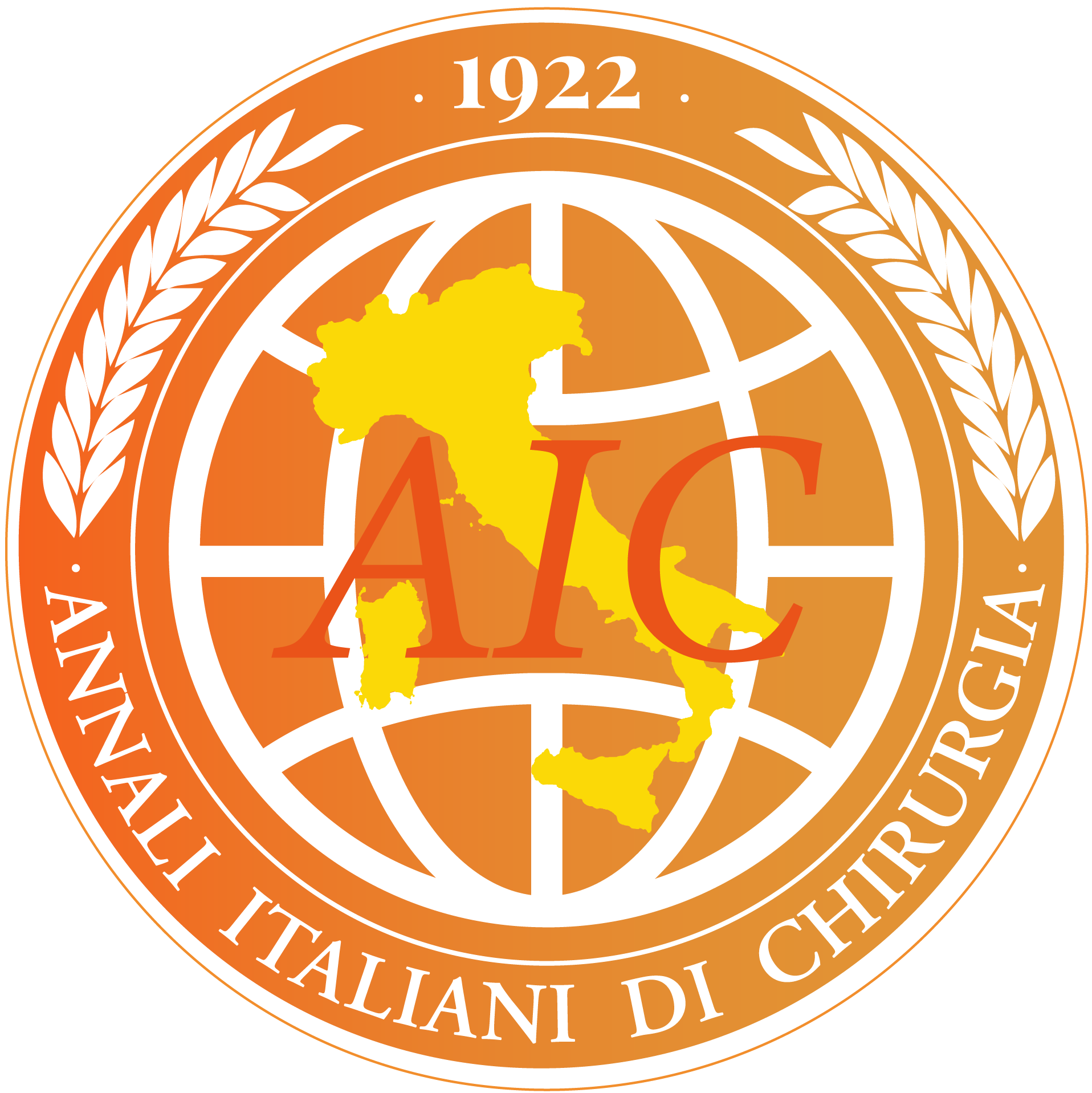The TLC-NOSF (Technology Lipido-Colloid Plus Nano-Oligo Saccharide Factor) protease inhibitor for the treatment of ulceration in rheumatic disease
Carlotta Scarpa 1Vincenzo Vindigni 1Franco Bassetto 1
1 Clinic of Plastic and Reconstructive Surgery, University of Padova, Padova, Italy
Ann. Ital. Chir., 2020, 9(September), 152123;
Published:
Copyright (c) 2020 Annali Italiani di Chirurgia
Abstract
Cutaneous Lupus Erithematosus is one of the most common manifestation of Systemic Lupus Erithematosus and can be featured by the onset of cutaneous vasculitis which can bring to skin ulcers, expecially on the extremities. The “common” aetiopathogenesis can be summarized as following: 1) an antiself response to the endothelial cells which brings to frequent ischemic or thrombotic episodes, 2) the drugs therapy; recently authors have been demostrated a correlation between Metalloproteinase Matrix (MMP) and Cutaneous LES. Here we present the case of a 33 y.o. woman affected by a rheumatic disorder, which has developed a chronic ulcer on her left leg. After several and different unsuccessful approaches, as homologous and autologous skin graft, and considering both the refusal of other surgery even if enhanced by Negative Pressure Therapy and the compromised vascularization which contraindicated the use of flaps, we decided to use a dressing based on the TLC-NOSF (Technology Lipido-Colloid plus Nano-Oligo Saccharide Factor) protease inhibitor, a metalloproteinase regulator. The dressing was changed 2 times/week for the first 2 months and 1 time/week for other 2 months. The ulcer became smaller at every session and we obtained a full coverage at 4th month.
Keywords
- Nano-oligo saccharide factor
- Wound
